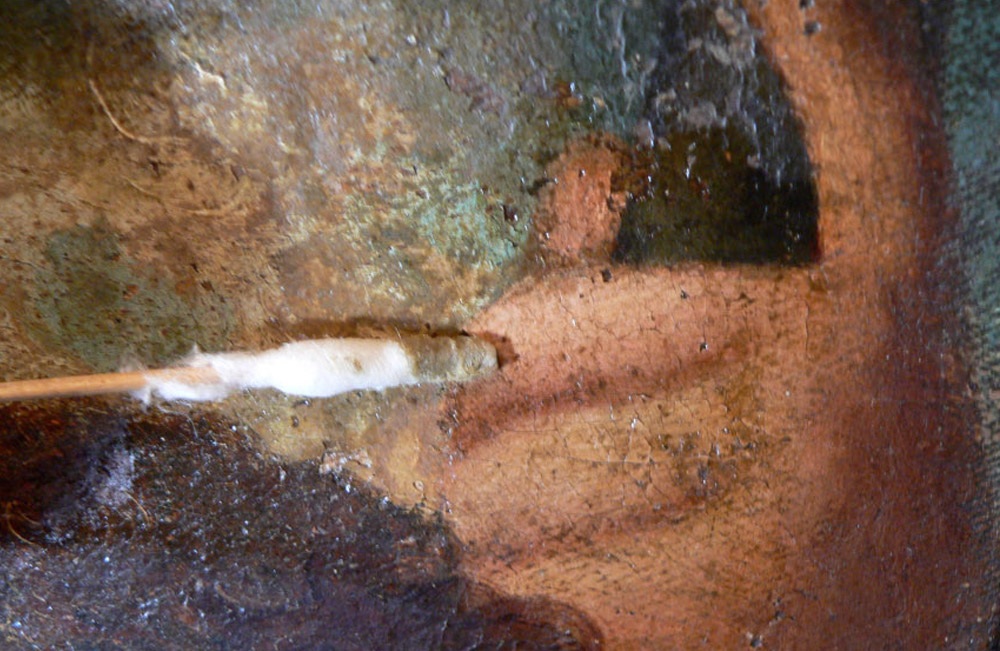Preservation and restoration
1. Active preservation
2. Preventive Preservation
3. restauration
The purpose of both
Passive
as Active Preservation is the valuable objects for the future to preserve and minimize the damage and decay.
At Active preservation is actually intervened in the condition of an object. A preservation treatment may include: condition recording, documentation, cleaning, consolidation of loose parts, or restoration.
At Restoration The object is reduced to its original condition as close as possible. A professional approach is characterized by the preparation of a thorough documentation of the condition and the preservation treatment, which is then made available to the owner.
Reconstruction and Retouching is not part of conservation, but does play an important role, for a painting possibly the most important. Because part of the work of art is supplemented with new materials, and is sought as the greatest possible similarity to the original.
Ethical guidelines
The guidelines drawn up by the ICOM and which uses RN:
1. Integrity of an object:
“Every professional act of the restorers is steered by unshakable respect for the aesthetic and historical value and for the physical integrity of the object”
2. reversibility
“The restorer is guided by the principle of reversibility in his actions. He avoids the use of materials and techniques that can no longer be reversed ”
3. Necessity of Treatment:
“The restorer will not recommend or perform any treatment of an object that is not suitable for maintaining, preserving and restoring and which is not in the interest of the object and that should be of greater importance to the restorer than the fee and the Other costs incurred by the client.
4. Restraint in Treatment
“Only after a careful examination and in the consultation with the client can restorations such as repairing damage, supplementing gaps or removing the materials are effected.
5. Quality
In each treatment, the restorer will always apply the best possible treatment regardless of his opinion on the value and quality of the object.
6. Competence and possibilities
“It is the sole responsibility of the restorer to carry out only those investigations and actions that are within the limits of his competence.
7. Permanent Self-education
“It is the responsibility of the restorer to be aware of new developments in his field, so that he is able to give the best possible treatment
8. Reporting
“The restorer keeps record of his actions and used materials bi so that in the future can be put out of the accumulated documentation
9. Preventive preservation
“Every restorer should first ensure preventive preservation before objects can be treated. This is also reported to the client when delivering a restored object.
So far the ICOM and RN directives.

